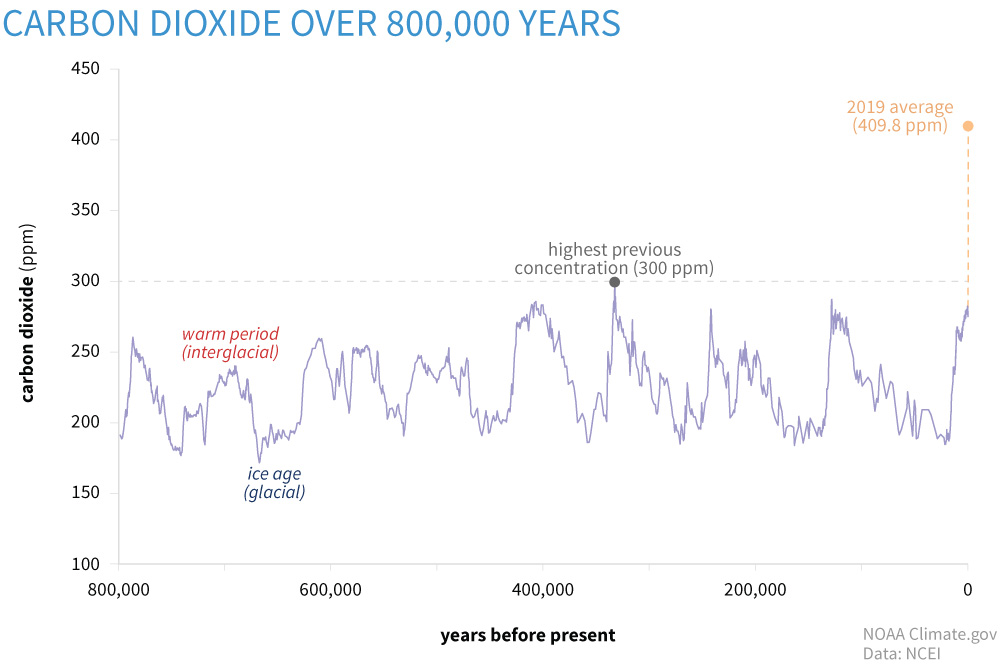Respiratory system modeling, application to Covid-19
1. Introduction
1.1. Scientific context
As people get richer and populations are increasing, the demand for energy is growing across the world. It directly implies an expansion in carbon dioxide emissions. Carbon dioxide levels today are higher than at any point in at least the past 800 000 years.

This causes problems since carbon emissions are dangerous. In fact, it causes global warming, disturbance of animals’ natural habitats, extreme weather events, and so many more negative side effects that are dangerous to the planet, to human and animal life, and to our future.
In the European Union, buildings consume 40% of averall energy and emit 36% of total C02 emissions.
This is the reason reducing energy consumption and carbon dioxide emissions in buildings is key to create a healthier planet.
1.2. Project context
The 4fastsim-ibat project aims to reduce and control energy consumption in existing buildings while working on identifying potential energy-saving and testing their efficiency before any improvement work is done.
This project is a collaboration between two engineering companies: Cemosis and Synapse-Concept.
Cemosis was created in January 2013 by Christophe Prud’homme and is hosted by IRMA (the Institute of Advanced Mathematical Research). Cemosis is the Strasbourg Centre for Modelling and Simulation. It offers expertise in Modeling Simulation and Optimization (MSO), Data Science, Big Data, Smart Data (DS), High Performance Computing, Parallel Computing, Cloud Computing (HPC) and in Signal and Image processing (SI).
Synapse-Concept is a company specialised in engineering and technical studies. This company was created in November 1999. The main fields of the company are Digital Simulation, Energy savings, Air and Water Care, Laser scanning and Building Intelligence Modelling.
1.3. Presentation of the internship
The main objective of this internship was to add a human dimension to the 4fastsim-ibat model. It will enable us to study the effect of coronavirus spread in a room, but also in a way to study indoor air quality questions.
In fact, due to the emergence of the Covid-19, indoor air quality has become a priority in buildings. We spend most of 90% of our times in indoor spaces: homes, work offices, public places, transport, in which we can be exposed to many pollutants, and in particular to particles and droplets of respiratory fluids that can contain the SARS CoV-2 virus and transmit the Covid-19 disease.
In order to add a human in the simulations, we are going to use the Pulse Physiology engine software. This software is a human physiology simulator that drives medical education, research, and training technologies.
The Pulse Physiology engine includes numerical models representing the different body systems, feedback mechanisms and interactions between the systems, PK/PD (pharmacokinetics and pharmacodynamics), and medical equipment. Pulse also includes a common data model that standardizes ontology, data definitions, and interfaces to promote their synthesis with other systems. It enables accurate and consistent physiology simulation across the medical community.

In particular, Pulse has a Repiratory section and can therefore model the ventilatory behavior of a patient Respiratory System. The Respiratory System has been implemented according to mathematical respiratory models.
Pulse also takes into account the environment. The Environment system contains and controls everything external to the patient and equipment. It also defines the ambient conditions for the body.
The Respiratory System and the Environment System interact with each other. It allows us to evaluate the impact on the environment on human beings, but also the opposite: what effects a human being can have on his environment.
During this intership, we are going to study the mathematical respiratory models used in Pulse, reproduce some respiratory simulations and associate them with the spread of the coronavirus.